

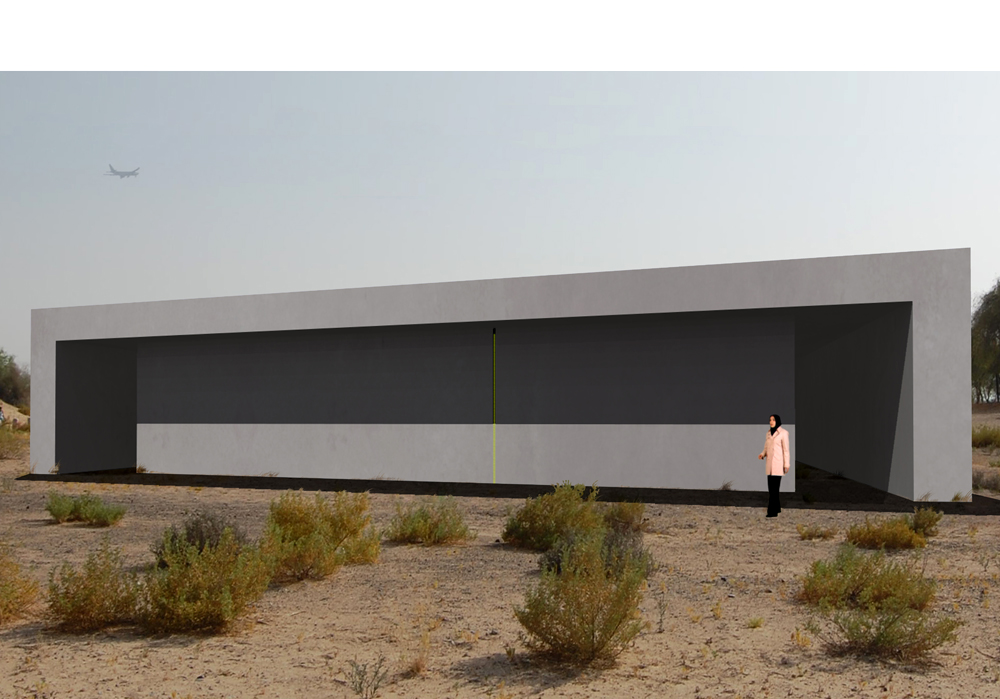
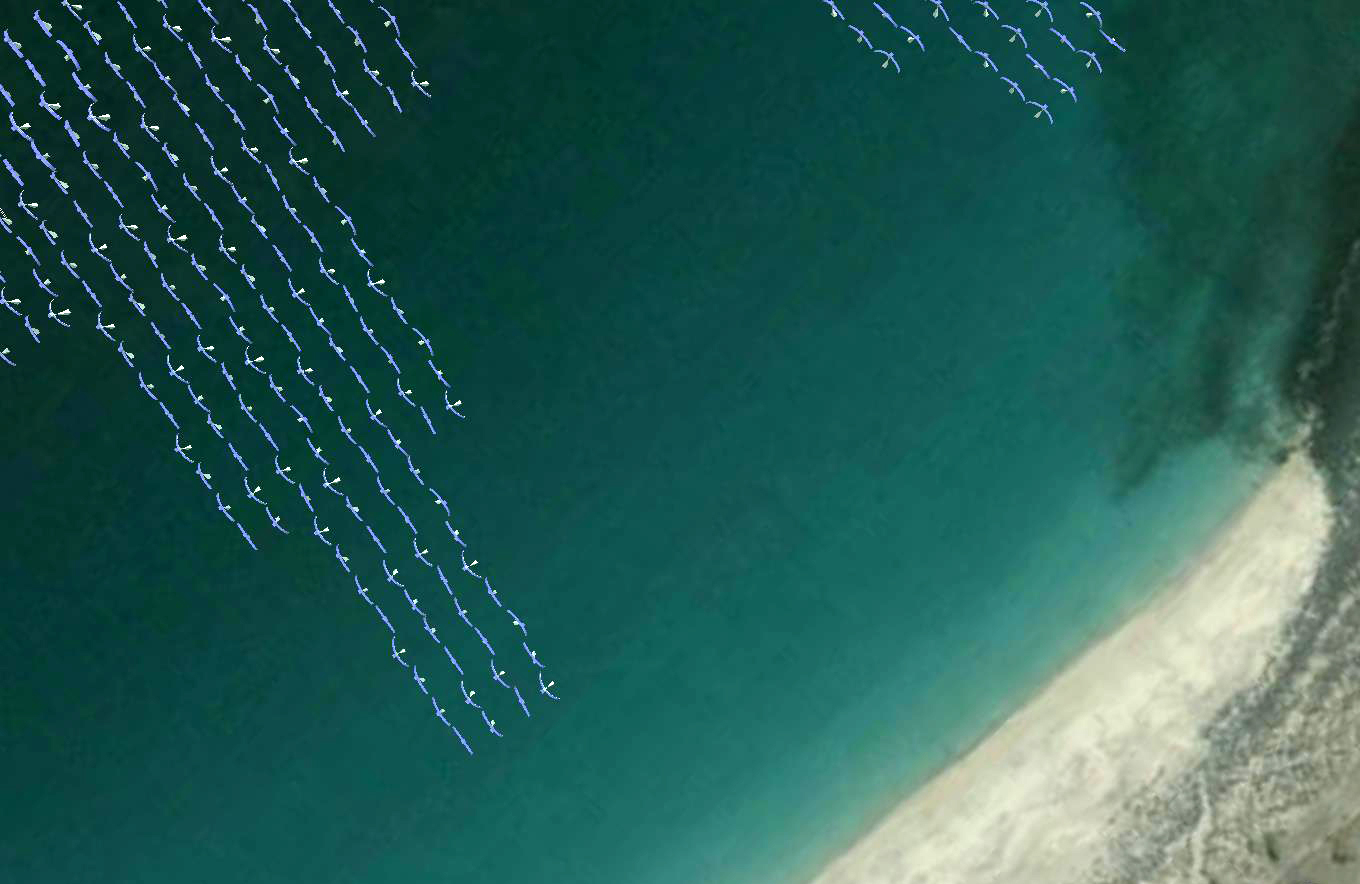
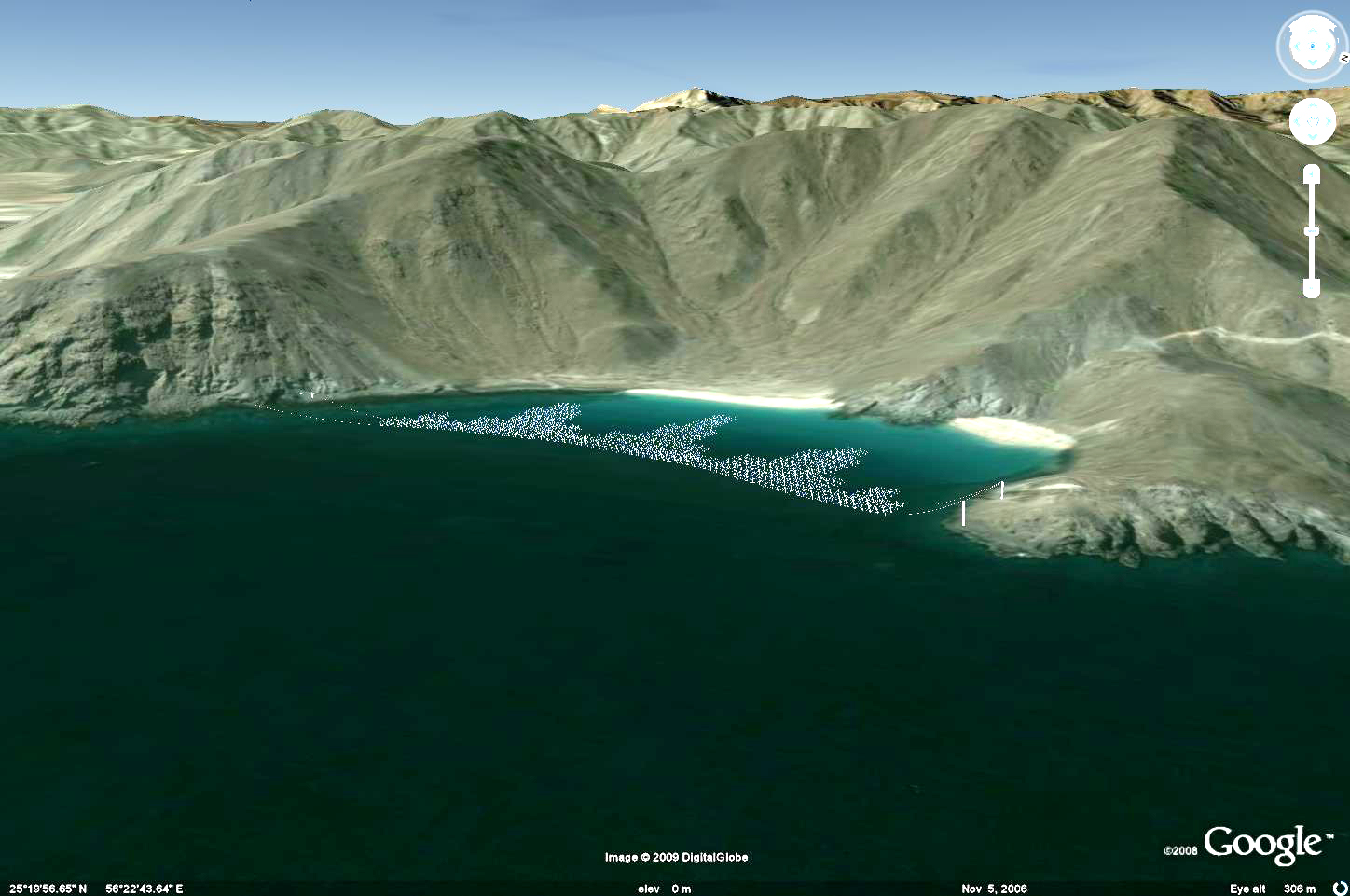
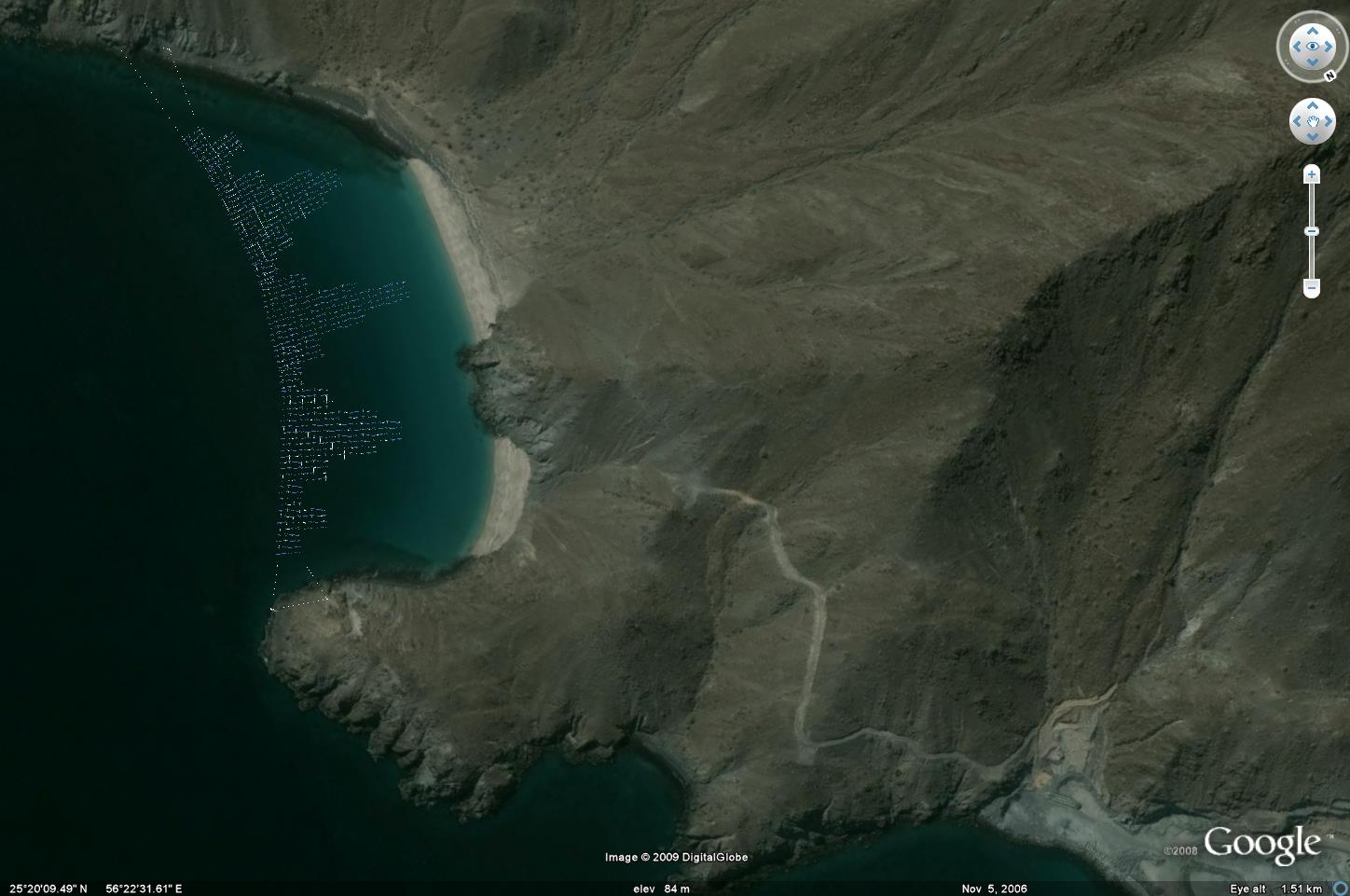
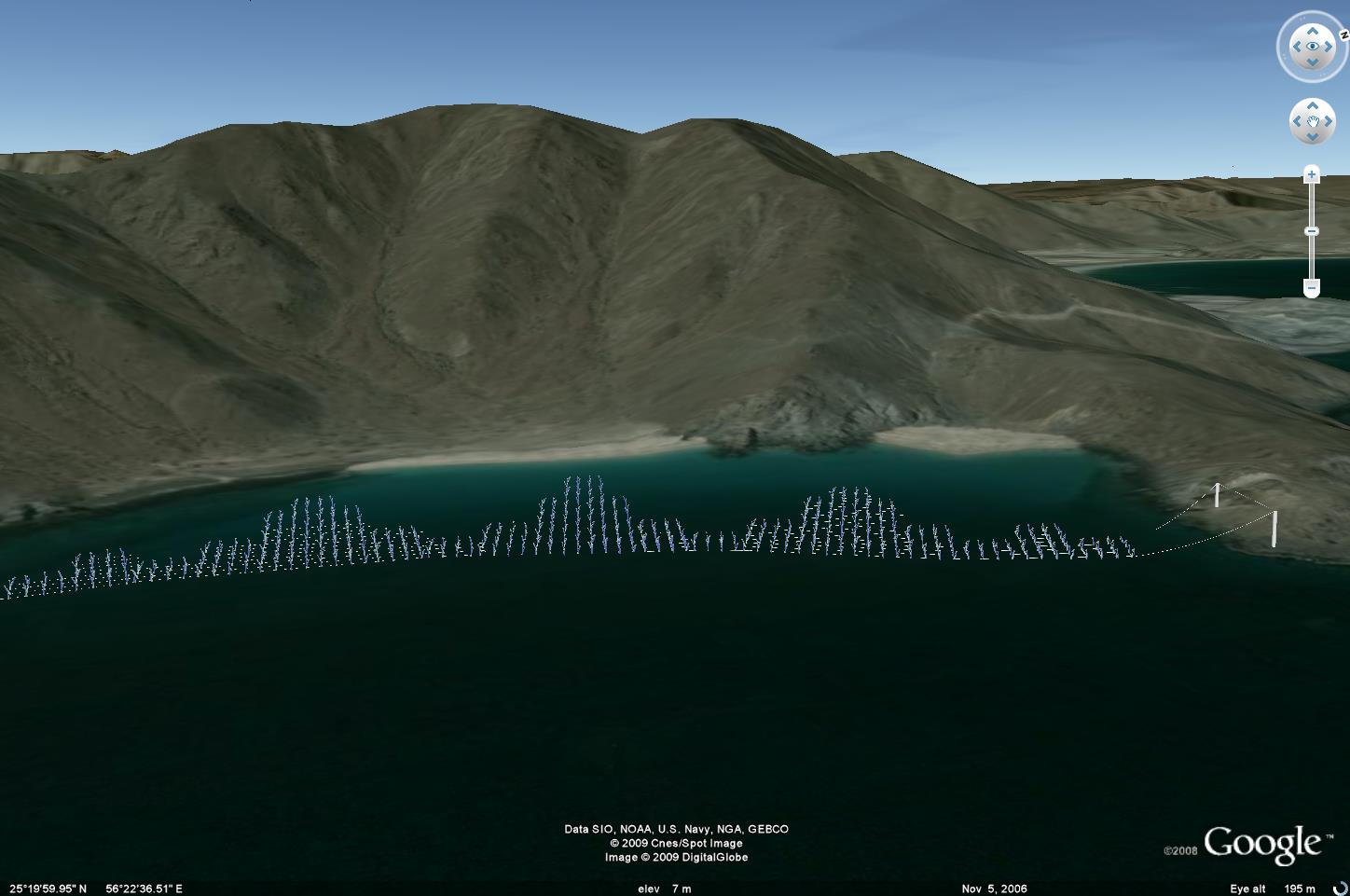







Ibn Al Haytham Pavilion
Designed in 2009 by Elizabeth Monoian & Robert Ferry as a precedent idea to inspire participating design teams as they began the process of responding to the LAGI 2010 design brief, the very first open call ideas competition for large-scale works of public art that also serve as energy-generation infrastructure for cities. More information about the design is below. Above: the view into the forest of light beams from the exterior viewing aperture. Download the PDF design boards.
Ibn Al Haytham Pavilion
Designed in 2009 by Elizabeth Monoian & Robert Ferry as a precedent idea to inspire participating design teams as they began the process of responding to the LAGI 2010 design brief, the very first open call ideas competition for large-scale works of public art that also serve as energy-generation infrastructure for cities. More information about the design is below. Above: a visitor experiences the ever-changing display in the camera obscura room. The horizontal location of the beams is used as a solar calendar. Download the PDF design boards.
Ibn Al Haytham Pavilion
Designed in 2009 by Elizabeth Monoian & Robert Ferry as a precedent idea to inspire participating design teams as they began the process of responding to the LAGI 2010 design brief, the very first open call ideas competition for large-scale works of public art that also serve as energy-generation infrastructure for cities. More information about the design is below. Above: the entrance to the camera obscura room. A simple vertical tile line set into the compacted earth structure references the perfection of the beams of light within. Download the PDF design boards.
Khorfakkan Necklace
Designed in 2009 by Elizabeth Monoian & Robert Ferry as a precedent idea to inspire participating design teams as they began the process of responding to the LAGI 2010 design brief, the very first open call ideas competition for large-scale works of public art that also serve as energy-generation infrastructure for cities. Seven years later, teams participating in the LAGI 2016 competition for Santa Monica were able to take the idea of using point absorber wave energy buoys as media art installation to another level!
Khorfakkan Necklace
Designed in 2009 by Elizabeth Monoian & Robert Ferry as a precedent idea to inspire participating design teams as they began the process of responding to the LAGI 2010 design brief, the very first open call ideas competition for large-scale works of public art that also serve as energy-generation infrastructure for cities. Seven years later, teams participating in the LAGI 2016 competition for Santa Monica were able to take the idea of using point absorber wave energy buoys as media art installation to another level!
Khorfakkan Necklace
Designed in 2009 by Elizabeth Monoian & Robert Ferry as a precedent idea to inspire participating design teams as they began the process of responding to the LAGI 2010 design brief, the very first open call ideas competition for large-scale works of public art that also serve as energy-generation infrastructure for cities. Seven years later, teams participating in the LAGI 2016 competition for Santa Monica were able to take the idea of using point absorber wave energy buoys as media art installation to another level!
Khorfakkan Necklace
Designed in 2009 by Elizabeth Monoian & Robert Ferry as a precedent idea to inspire participating design teams as they began the process of responding to the LAGI 2010 design brief, the very first open call ideas competition for large-scale works of public art that also serve as energy-generation infrastructure for cities. Seven years later, teams participating in the LAGI 2016 competition for Santa Monica were able to take the idea of using point absorber wave energy buoys as media art installation to another level!
In 2008 we (Elizabeth and Robert) got married and moved to Dubai. One evening in October of 2008, overlooking Ski Dubai with a bottle of wine, we set the wheels in motion to create a platform for creatives around the world to design our clean energy landscapes.
Inspired by the Arabian landscape, UAE ambitions, a history of Land Art amongst Emirati artists, and our shared interest in addressing climate change, we brainstormed the Land Art Generator.
Questions we asked ourselves this evening were: What if the next 600-meter tall skyscrapers incorporated the latest in concentrated solar power and solar updraft technologies that could passively cool the interior while converting the sun’s energy into power for an entire neighborhood?
What if our cities were populated by living buildings that functioned like canopy trees in a forest—converting the energy of the sun and the wind into electricity while passively regulating the environment?
Building integration leads to district and city-wide integration of clean energy. What role is there for artists and designers to make these new sustainable infrastructures into joyful contributions to public spaces? What if a new generation of land artists used renewable technology as their media?
The first LAGI "manifesto" that we wrote that October was for a grant in the UAE (that we didn't get). Even though we lacked the financial support needed, we believed that it was an idea worth moving forward on.
Through an exhibition at the DUCTAC gallery in Dubai in early 2009 we shared the LAGI idea publicly for the first time. And spent that year choosing design sites, putting together our first design brief document, finding jurors, and getting ready to launch our first international design competition. We also spent time designing "precedent" ideas to help people imagine what it was that we were talking about. The Ibn Al Haytham Pavilion and Khorfakkan Necklace shown above are two examples.
After launching the first LAGI open call in January 2010 and still without sponsorship for the prize awards, we were not sure what to expect. When the submissions came in over the final 24 hours we knew that we were on to something! The hundreds of designs were spectacular and represented over 40 countries. We knew then that the world was ready to get behind the idea of large-scale public artworks that could also generate utility-scale clean energy.
We approached Masdar with this portfolio of ideas and they generously agreed to support the LAGI 2010 prize and exhibitions at the World Future Energy Summit in January of 2011. We are incredibly grateful to them and also to Zayed University who provided us with the research platform needed through the Provost's Research Fellowship to move forward on LAGI 2012.
Another early supporter is the Horne Family Foundation and the National Endowment for the arts, who together made it possible to deliver LAGI 2012 to New York City.
This critical early support is directly responsible for bringing together thousands of people from over 60 countries working collaboratively to solve one of the most pressing challenges of our time.
And the work continues, thanks to supporters like you who believe in the beauty of our sustainable future, and in the value of the arts to instill scientific curiosity in generations to come.
Follow this link to find the LAGI 2010 Launch Brochure
The Center for Art + Environment at the Nevada Museum of Art collects the archives of our organization. If you would like to research the Land Art Generator please contact the Museum. Nevada Museum of Art
Founding Story
